Every summer for the last 33 years, Gatebil has transformed quiet racetracks in both Norway and Sweden into the epicenter of Scandinavian insanity.
Among all the turbocharged beasts and at times, Frankenstein creations, there is one brand that stands out in its own way. Volvo.
But why are these famously boxy, sensible and very safe Swedish cars so popular at an event as unhinged as Gatebil?
This year, I decided to snoop around and ask people that very question. Here’s what I gathered:
Volvos are a proud part of Scandinavian car culture, and they have been so for decades. Loved for their practicality and durability, turning a car from a national icon of safety and sensibility into a drift monster is all part of the fun.
Nothing flips expectations more than a boxy Volvo coming at you sideways, at blistering speeds and with some serious angle.
Older models like the 240, 740 and 940 are perfect for drifting thanks to their rear-wheel layout. These cars weren’t built for motorsport originally, but they adapt incredibly well to it.
Whether for slower street-style drifting or full-throttle powerslides (Breisladden) on Gatebil’s tracks, the platform does very well with very little tuning.
Having said that, the lineup of engines Volvo has had over the years is a goldmine for the more serious tuners. The T5 and T6 engines came in factory turbocharged configurations, making them very tuner friendly. Even the legendary ‘white block’ and ‘red block’ engines have gained cult followings for their ability to handle big boost on stock internals.
But this is Gatebil we are talking about. Thanks to their roomy engine bays, engine swaps in Volvos are a norm at Gatebil; Toyota 2JZ-GTEs,, BMW inline-sixes and Chevy V8’s. Heck, even rotaries are becoming a thing in Volvos these days.
I think one of the biggest reasons why Volvos are so big at Gatebil is their affordability. Older models are still relatively inexpensive compared to German or Japanese performance cars, perfect for someone that wants to enter the world of motorsport on a tight budget.
Out of curiosity, I asked some of the drivers what their first car was. The majority answered Volvo.
It all just makes sense somehow. Seeing the former family brick going past you, fully sideways with the biggest smoke trail you can imagine is exactly what makes Gatebil, Gatebil.
Volvos are the homegrown heroes everyone cheers for. They aren’t trying to be exotic. They’re trying to be fun. And that is what Gatebil is all about.
That’s just the race side of things, though. There’s another subculture at Gatebil known as the Raggare – where young people lower their Volvos to the floor, build a gigantic soundsystem and leave plumes of diesel smoke everywhere. Anyone lucky (or unlucky) enough to stand near them will get a whiff they’ll never forget.
Said subculture reaches outside Gatebil as well, being a Scandinavia-wide phenomenon, but that’s a whole other story I might take a look at in the future.
The Volvo fanatics are like one big family, regardless of which subculture they belong to. I’ve seen complete strangers swap parts and help out with engine changes in the paddocks. As I’ve mentioned before, the infield is my favorite place to be at Gatebil, just because everything is so familiar.
The community vibe is very strong – and that’s what I love.
At the end of the day, Volvos are just Volvos; solid, dependable family haulers. But maybe that’s why people love them so much. They represent the soul of Scandinavian car culture, and will continue to do so for as long as Gatebil is around.
At a festival where creativity meets horsepower, the good ol’ Volvos prove that you don’t need the newest or most expensive car to steal the show.
Just the right attitude, a turbo or two and the will to absolutely send it like never before.

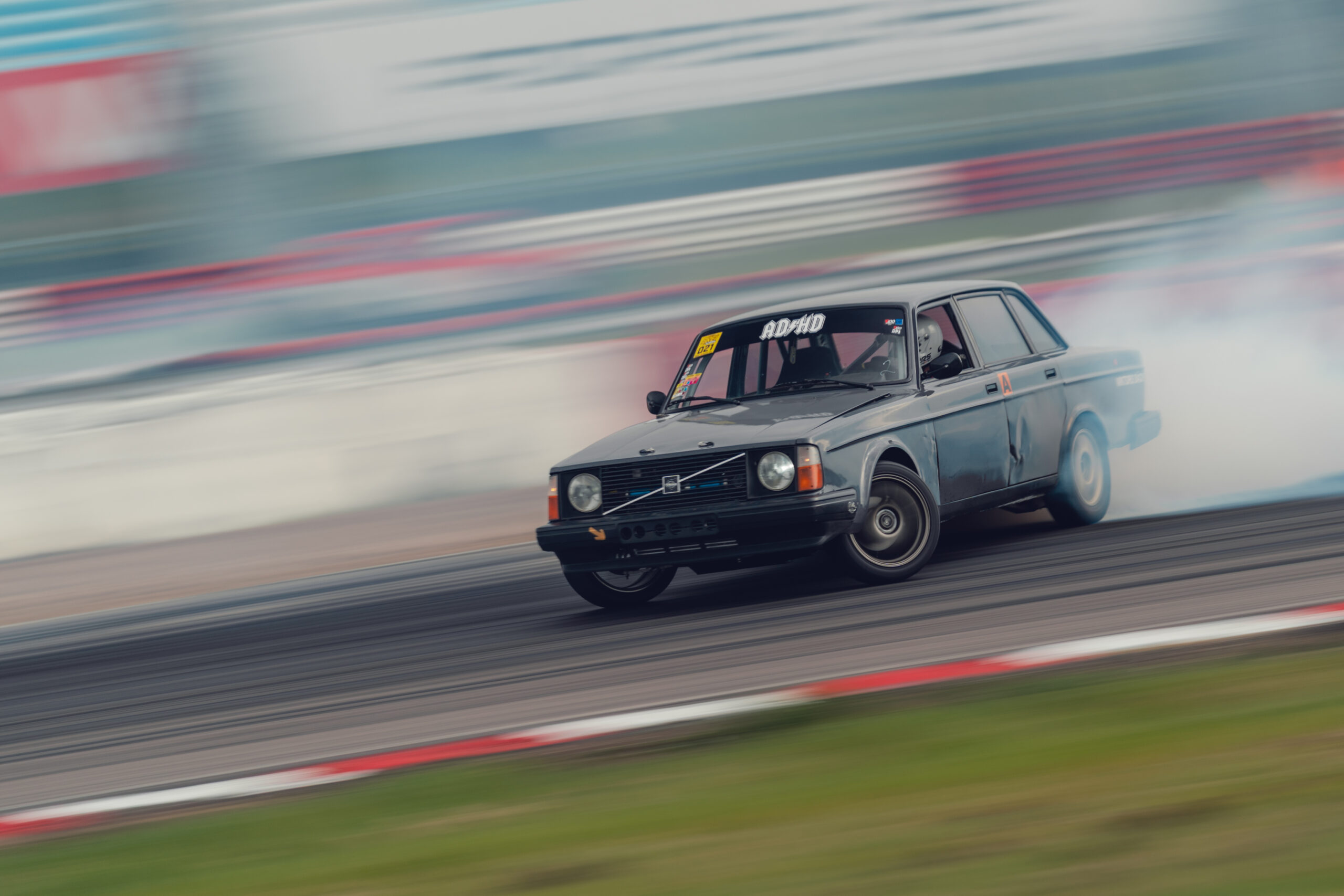










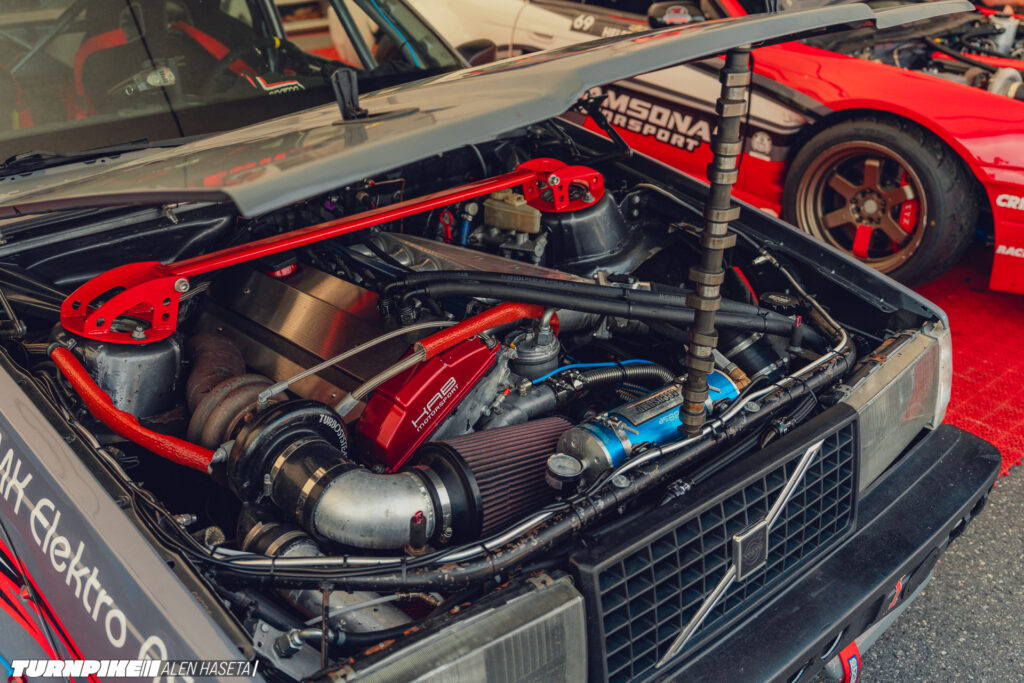

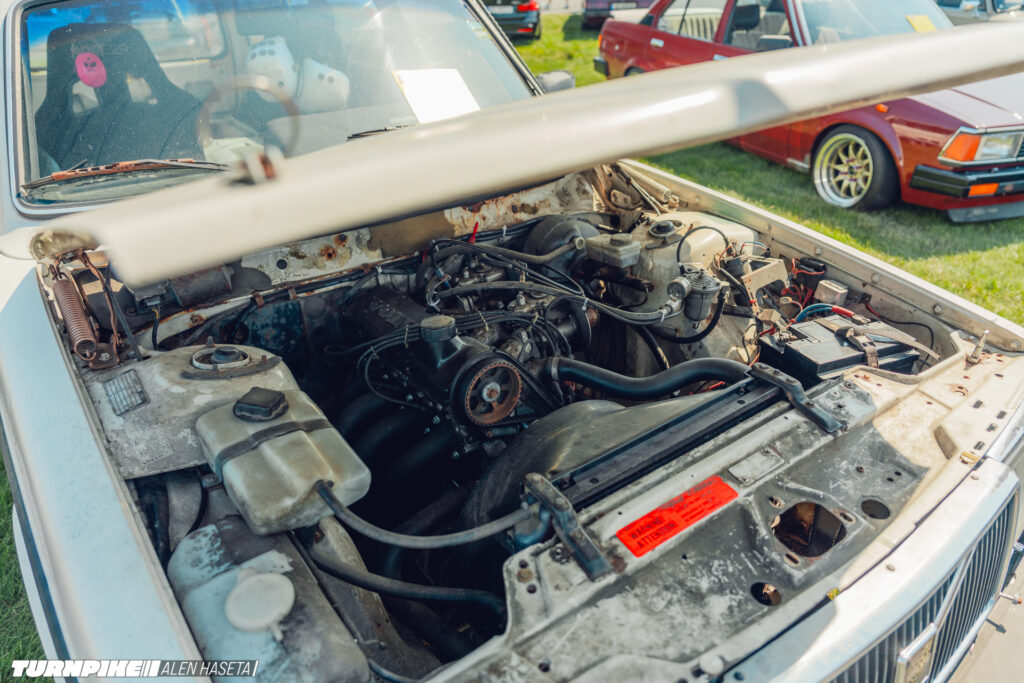
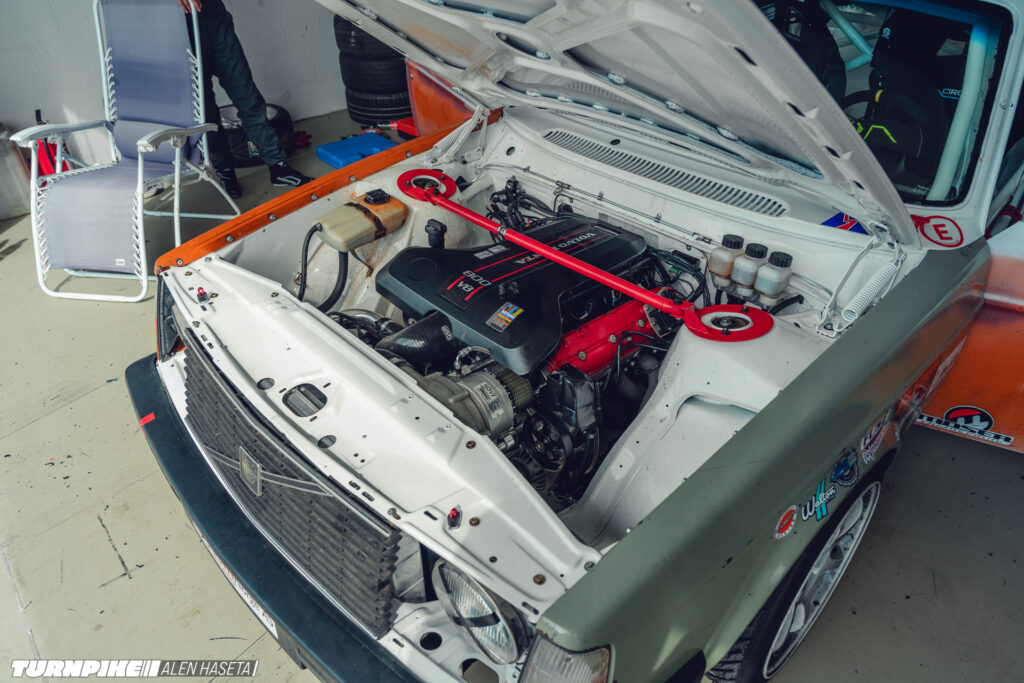











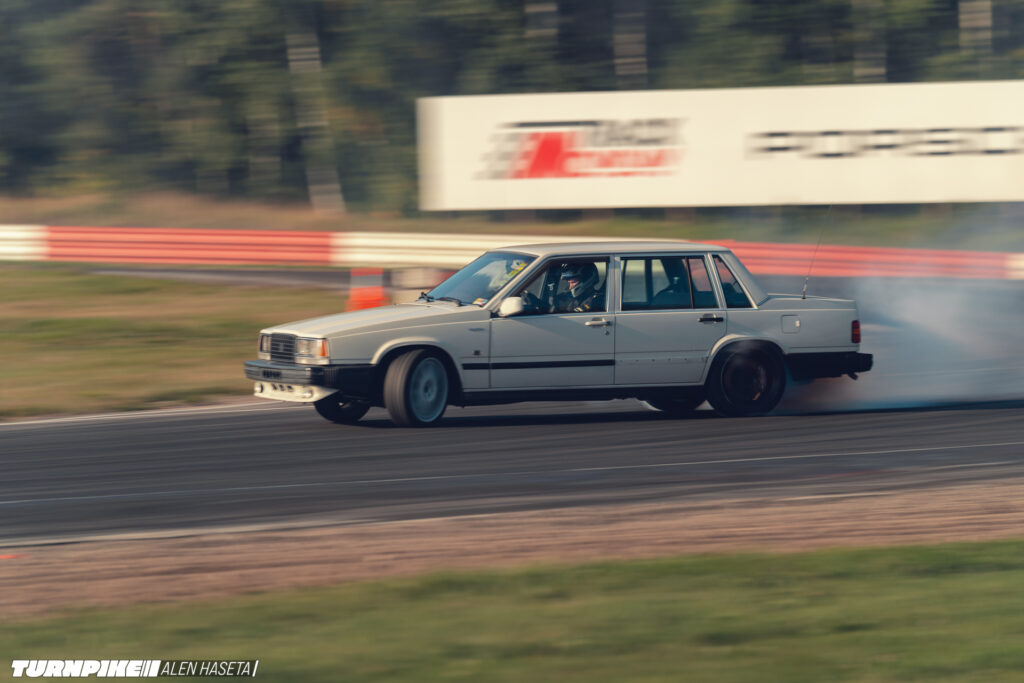
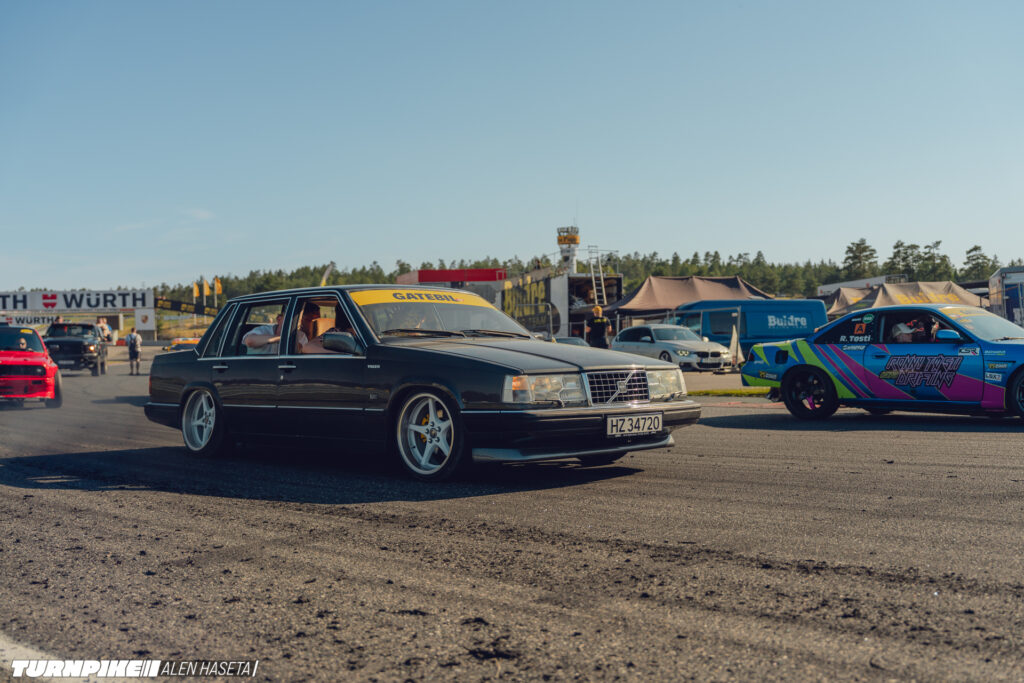








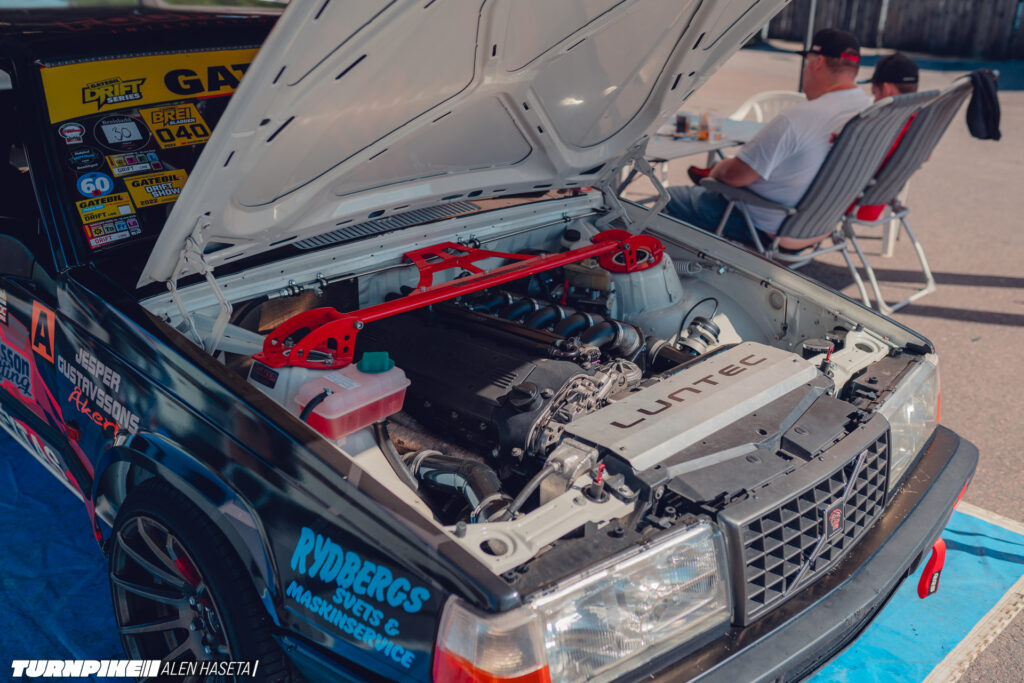




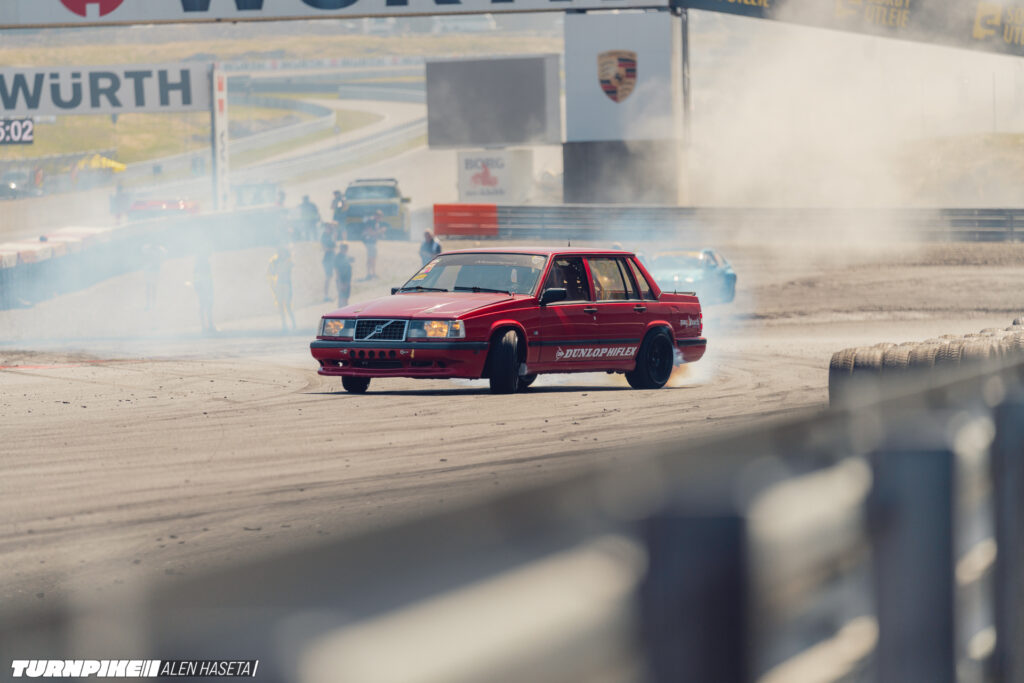







Thank you for a great article once again!
As so many other swedes, i to have started with volvos, before moving on to JDM cars.
I notice that the peak era for Volvo is from 1974 to 2019 going from a 240 to V40 because that was when Volvo made cars that were more than an appliance sure safety was their main focus but they had a unique driving experience and feel that no other car had that is what made these cars special
I can also see why most Volvos here at Gatebil are from 1974 to 2019 simply because electronics were more manageable and these were platforms that can be customized, modified, and tuned the latest Volvos now are not customizable as before as they have restrictions that are locked although when I went to AutoX last weekend I saw a V90 Cross Country and while it was a big car it drove and handled the course very smoothly I think it’s great that Volvo is still pushing the boundaries of tech and continuing to innovate however not at the expense of usability and functionality for the driver